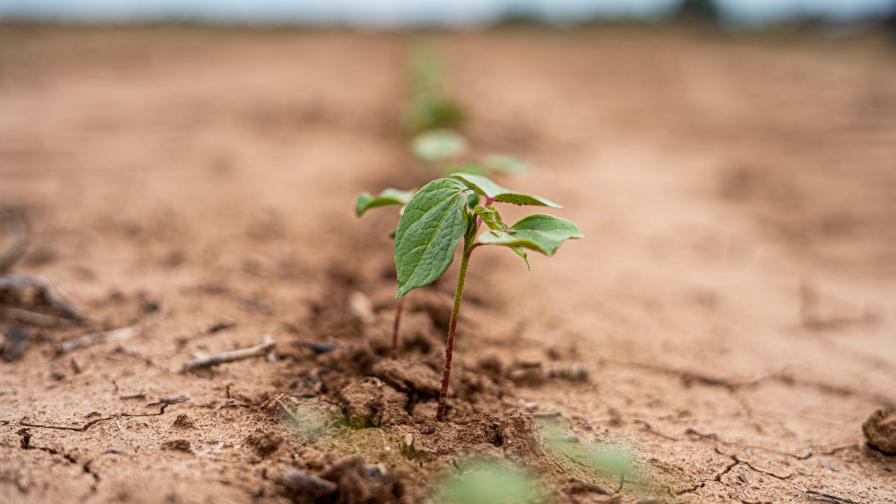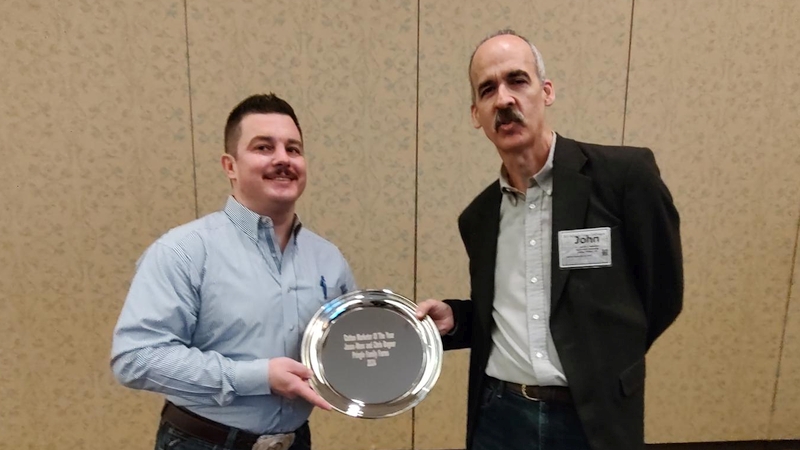The History of Cotton in Texas: Learning from the Past Cultivates a Bright Future
Former Baylor University President Pat Neff once said that “the preservers of history are as historic as its makers.” I think that we can all contribute to this preservation, especially in the agricultural industry. It is our duty, whether we are producers or consumers, to bring light to the history of agriculture so that we may continue innovating, cultivating, feeding and clothing the world.
According to the Texas State Historical Association online handbook, Spanish missionaries grew cotton in Texas as far back as the 18th century. By 1821, Anglo-American colonists began growing the soon-to-be dominant crop. Innovation played a massive role in increased cotton yields in the 1870s. The 1869 census showed the Texas cotton yield to be about 350,000 bales. Ten years later? About 805,000 bales.
The two major introductions of barbed wire and railroads catapulted the cotton industry in those 10 years and further inspired the design and implementation of more improvements to make the cotton industry more efficient and valuable. Today, Texas generates roughly anywhere from eight to nine million bales of cotton. Without inventions like barbed wire and the cotton gin, improved equipment designs, or the determination and grit of the minds behind it all, the state would not be in the socio-economic condition it is in today.
It is now our job to take this information of how much benefit has come from innovation and use it for the protection and benefit of current and future generations. Variety expansion, new chemical compositions, and education seminars are all current methods working together to make Texas a continued and reliable provider of cotton for the nation and world at large. Keeping the past in mind, we can continue our efforts to increase and improve cotton production like so many before us have done. For without looking back, it is nearly impossible to look forward and be successful. Here is to learning more from the past and cultivating a bright future for 2019 cotton and beyond!











